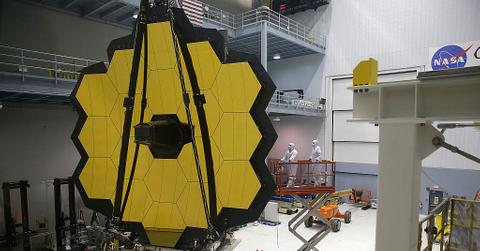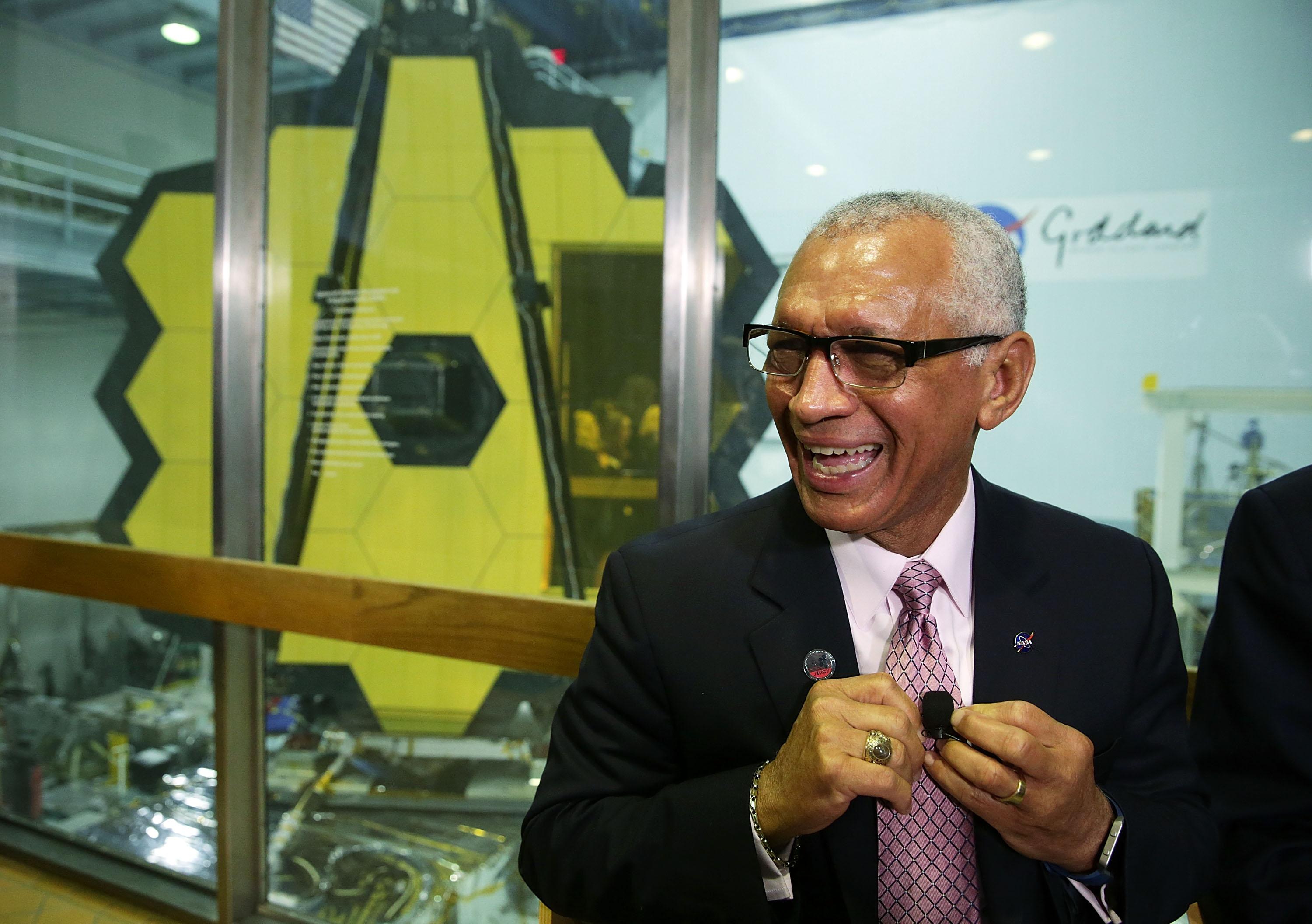What Will the James Webb Telescope See? Set to Launch Soon
NASA's follow-up to the Hubble telescope, the James Webb telescope, is poised to launch soon. What will the telescope see? When will it launch?
Dec. 17 2021, Published 2:05 p.m. ET
NASA's follow-up to the legendary Hubble telescope, the James Webb telescope, is readying for launch later this month. While it has already been delayed, the telescope—worth billions of dollars—could still see a 2021 launch.
What will the James Webb telescope see in space and will it launch before the end of the year?
The James Webb telescope will observe exoplanet atmospheres.
The James Webb telescope, or Webb, will collect spectra data about exoplanet atmospheres. Exoplanets are planets that orbit a star other than the Earth's sun.
This is the focus because NASA scientists are searching for signs of life, like water vapor, carbon dioxide, and the greenhouse gas methane. According to the latest research, the nearest exoplanet to Earth is Proxima b, which is about four light-years away. For reference, Mars is less than one light-year from Earth.
Webb will also analyze data like exoplanet formation, which can be viewed telescopically through nebulae filled with space dust and gas. The telescope is capable of seeing the reddest wavelengths of any Great Observatory, which means that it can peer further into space and time's past.
Webb is a NASA project but the ESA (European Space Agency) owns 10 percent of the project and is providing the rocket that will launch the telescope.
The Webb launch date got delayed due to a faulty cable.
NASA stated that a faulty cable connecting the telescope and the launch pad equipment at the European spaceport in Kourou, French Guiana, was to blame for the delay.
ESA's rocket, the Ariane 5, is usually extremely dependable and has been around since the mid-1990s. Still, the cable caused problems and it hasn't been fixed as of Dec. 16.
When will the James Webb telescope launch?
NASA previously set the James Webb telescope launch for Dec. 22. On Dec. 14, NASA delayed the launch to a date on or after Dec. 24.
More details about the telescope's launch date are expected before the weekend prior to the launch date.
This wasn't the organization's first delay—the project has experienced numerous delays over the past several months. The original launch date was in October, but preparation issues were a dime a dozen.
NASA wrote, "NASA and ESA have both said they will announce a firmer launch date by the end of the day today, Dec. 17. The faulty data cable on Webb was fixed yesterday afternoon and engineers were expected to perform final tests before making a decision on whether to close up the space telescope inside its clamshell-like payload fairing."
The James Webb telescope is named after an early NASA leader.
Former President Dwight D. Eisenhower's administration founded NASA in 1958. A man named James Webb ran NASA from 1961–1968. He oversaw the organization's first manned missions, NASA's development of robotic spacecraft, and Mars and Venus-bound scientific probes. He also championed early major space telescopes. So, the name of the James Webb telescope seems to be fitting.
Webb later recalled about a conversation with President John F. Kennedy, who wanted to recruit him for the job, "And so far as I'm concerned, I'm not going to run a program that's just a one-shot program. If you want me to be the administrator, it's going to be a balanced program that does the job for the country."



